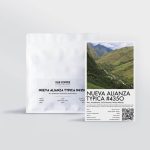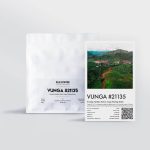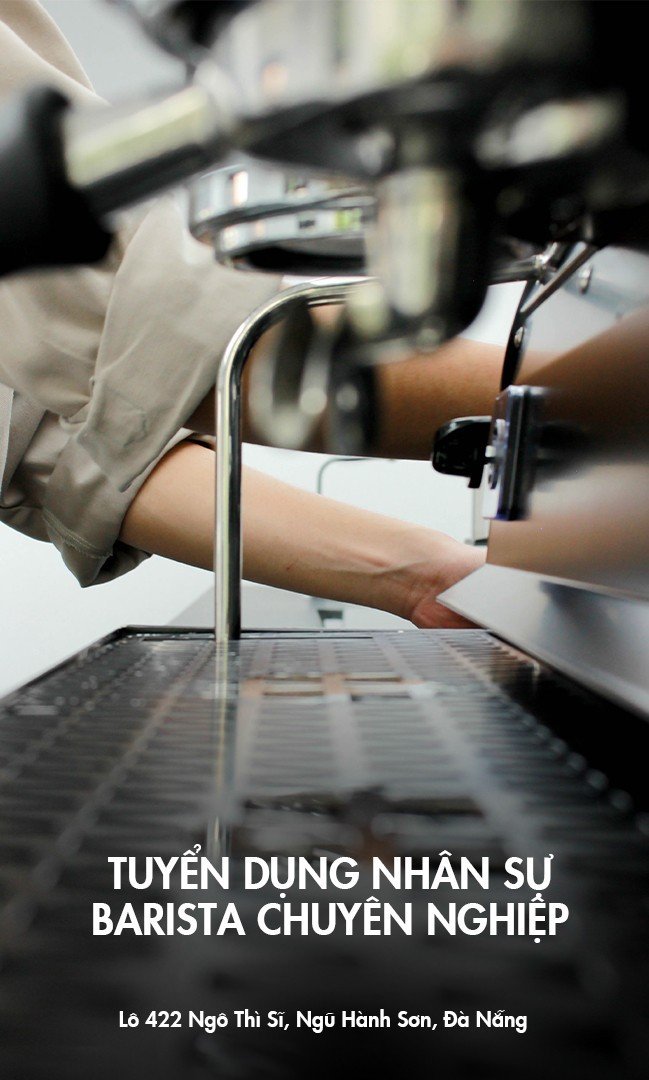The state of coffee affects the original flavor
The state of coffee is an important data point for roasters, green coffee buyers as well as businesses. To better understand the state of coffee, you need to know how they are classified, how that density affects the roasting process and the taste of the cup.
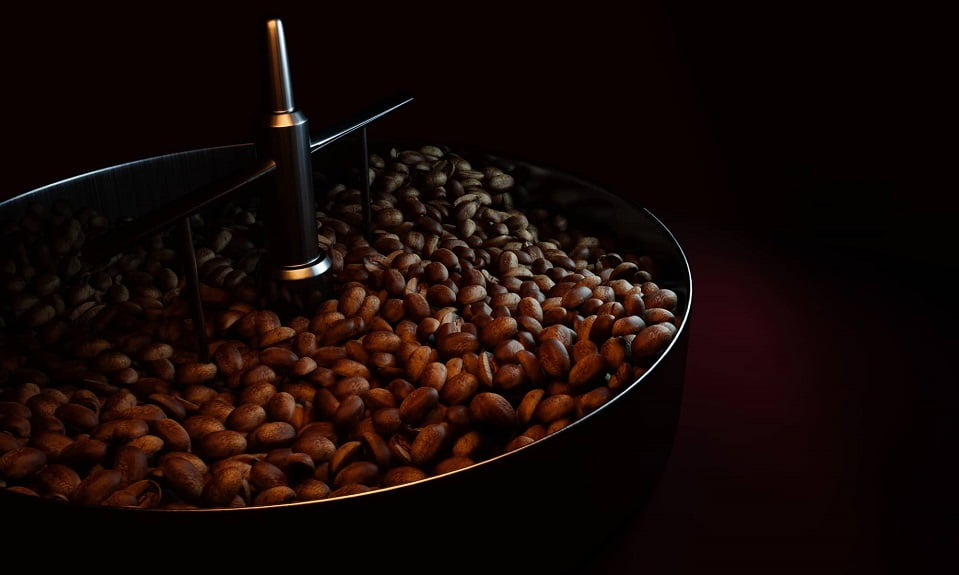
What is the state of coffee?
What is the state of coffee?
Condition is a factor that refers to how dense any substance is. It is calculated by dividing the mass of an object by its volume. So, coffee fitness is defined as the weight of a coffee bean divided by its volume.
Coffee bean condition is an important metric that coffee professionals use around the world to classify coffee. Depending on each different condition will determine different usage profiles.
Factors affecting the state of coffee
Altitude is one of the main factors affecting the state of coffee beans. At the higher altitudes accompanied by temperatures of 18 to 21°C (64 and 69 ° F, respectively), the beans ripen more slowly, resulting in denser beans. More concentrated coffee beans also contain higher amounts of sugar, resulting in a more complex texture and sweeter flavor – which is why they are so popular.
But altitude and temperature are not the only factors that play a role in determining the state of coffee beans. Diversity, rainfall, and even nutrient distribution all play a role.
Peter Gakuo – green coffee quality control expert based in Kenya, and employee of Perfect Daily Grind. He explains that the distribution of nutrients in the coffee plant can also affect the state of the beans.
“Coffee berries at the end of the branch are usually less bushy than those near the stem because nutrients are distributed more concentratedly in the middle of the tree,” he said.
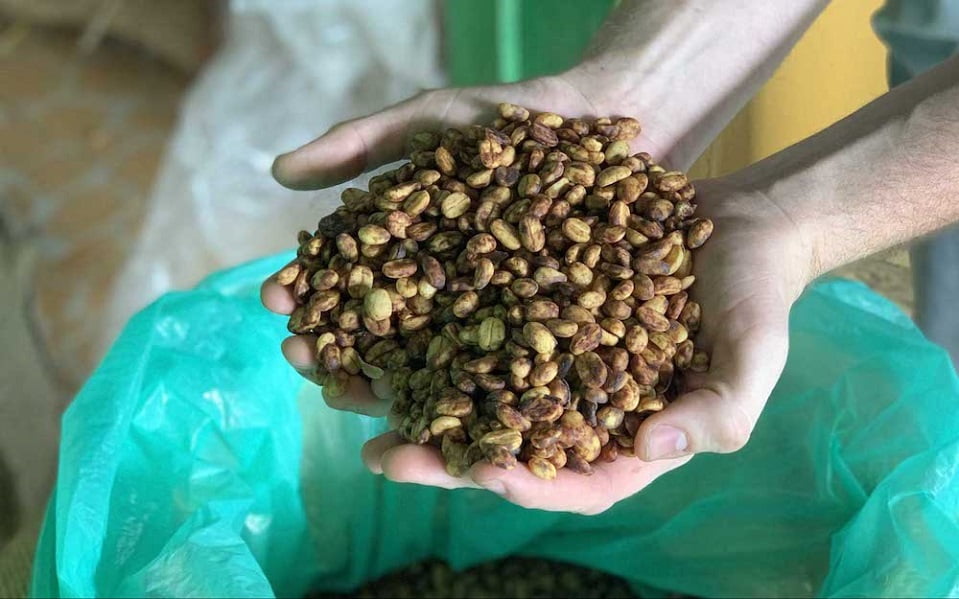
The state of coffee beans can be affected by many factors
How to measure the state of coffee beans
The main metric used by coffee professionals to classify and measure bean health is “hardness”. The hardness of the beans is often divided into several different categories, based on the altitude of the coffee growing region. However, specific indicators and terms are also used differently from country to country.
For example, the terms Soft Bean (SB) and Strictly Soft Bean (SSB) generally refer to coffees grown at altitudes below 1,200 masl or 4,000 feet.
At these altitudes, the temperature is less stable and the amount of oxygen is higher, so fresh coffee fruit will grow faster. As a result, eggplant seeds are less dense and tend to have a rounder, less sweet and sour flavor.
Then you have Hard Bean (HB) or High Grown (HG), which is a coffee grown between 1,200 and 1,370 masl (about 4,000 to 4,500 feet).
At these altitudes, higher temperatures and correspondingly low oxygen chambers slow fruit development, resulting in firmer, denser beans with complex textures and superior quality.
You can also determine the state of the beans by looking at the physical characteristics of the coffee beans. The structure of the eggplant plays an important role in determining density. The more ‘open’ the structure is, the softer the eggplant, conversely, the tighter the structure, the harder the eggplant.

Observing coffee beans can give an overview of the density
Suitable roast profile
Roasters need to observe a number of important parameters when roasting Specialty coffee beans. Roasting eggplant seeds with different densities or sizes will develop differently. Roasters need to sort and sort them by size for true consistency. Although most of them are already homogeneous, softer and harder beans will behave differently when roasted. Air flow and intake temperature need to be considered during the entire roasting process.
The weaker eggplant seeds require a lower charge temperature because they contain more air. Higher initial temperatures can scorch the outside of the bean, because heat transfer is slow throughout the whole bean. Weak beans need to roast longer because they will have a lower heat load.
On the other hand, coffee beans that are denser or better in form lack air and have a tighter structure. They require a higher temperature when roasting to ensure even heat distribution throughout the beans. Density also has an impact on the development of coffee beans during roasting. In essence, hard seeds will have more developed notes than soft seeds. Roasters should consider roasting these beans in small batches for maximum precision.
Before roasting, professionals need to record the temperature, density and humidity at which they want to roast. While roasting, they also need to record all the data to make sense of the results.
Come to 43 Factory Coffee Roaster to drink carefully and appropriately roasted cups of coffee.




